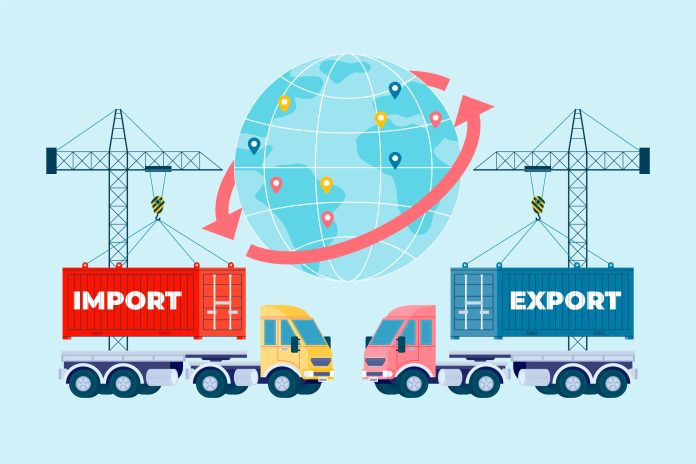In today’s fast-evolving trade environment, technology is not just an enabler—it is a strategic catalyst. Indian exporters are increasingly embracing digital tools, automation, and e-commerce platforms to scale their global footprint, especially in the wake of post-pandemic disruptions.
Digital transformation in the export sector is being driven by necessity and opportunity. With shrinking margins, logistical hurdles, and changing buyer behavior across continents, exporters now realize that efficiency, speed, and connectivity are no longer optional—they are essential to survival and growth.
Fortunately, Indian exporters are not making this transition alone. Industry bodies like the Federation of Indian Export Organizations (FIEO) and the CII Export Promotion Council are leading the charge in supporting digital adoption and helping exporters integrate with the new global trade infrastructure.
How Technology Is Changing the Export Game
From factory floor to foreign warehouse, the export process is becoming increasingly digitized. Here’s how:
1. Digital Documentation and Paperless Trade:
Customs documentation, shipping bills, certificates of origin, and invoices—once labor-intensive and error-prone—are now being processed digitally, reducing clearance times and enhancing compliance.
2. E-Commerce and Global Marketplaces:
Online platforms like Amazon Global, Alibaba, and Flipkart Export Hub are giving Indian MSMEs direct access to global consumers. With tools for catalog management, currency conversion, and last-mile delivery, small businesses can now act like global corporations.
3. Data Analytics and Market Intelligence:
Exporters are using real-time data to track competitor pricing, predict demand surges, and customize offerings for different markets. This granular intelligence enables smarter decision-making.
4. Automation and ERP Integration:
Many Indian exporters are deploying ERP software integrated with logistics and inventory systems. This allows for automated order processing, inventory tracking, and production scheduling—leading to faster turnaround and improved accuracy.
FIEO’s Role in Enabling Digital Export Transformation
FIEO has taken several bold steps to digitize the Indian export ecosystem. These include:
- Launching the FIEO GlobalLinker platform—a free digital B2B marketplace tailored for Indian exporters to showcase their products and connect with international buyers.
- Offering digital marketing training programs, teaching exporters to optimize SEO, run ad campaigns, and manage CRM tools for export promotion.
- Providing export data dashboards and mobile apps that track global trends, tariffs, and shipping routes in real-time.
FIEO’s digital-first approach is helping exporters move beyond physical trade fairs and onto global virtual storefronts, ensuring 24/7 visibility and access.
CII’s Digital Advocacy and Infrastructure Push
The CII Export Promotion Council has focused on building a tech-ready trade environment, both through policy advocacy and enterprise enablement. Its work includes:
- Promoting digital infrastructure investment in inland logistics hubs and Special Economic Zones (SEZs).
- Hosting Digital Trade Summits where global buyers, tech vendors, and Indian exporters collaborate.
- Encouraging blockchain trials for secure supply chain traceability and contract validation in exports of sensitive goods like pharma and food products.
By aligning exporters with cutting-edge digital tools and streamlining digital compliance, CII ensures India remains globally competitive in tech-enabled trade.
The E-Commerce Edge: A Game Changer for Indian MSMEs
Perhaps the most significant development is the rise of cross-border e-commerce. Unlike traditional bulk trade, e-commerce allows small businesses to ship directly to customers abroad—opening new avenues for handicrafts, apparel, processed food, and Ayurvedic products.
Companies that once relied on middlemen or trade fairs are now building global brand identities through:
- Custom Shopify or WooCommerce stores
- Targeted social media advertising (Facebook, Instagram, Pinterest)
- Influencer collaborations and affiliate partnerships
- Integration with payment and logistics APIs to ensure smooth checkout and delivery
Conclusion
India’s exporters are at a digital inflection point. The convergence of affordable technology, global digital demand, and robust institutional support is creating unprecedented opportunities for export-led growth.
With the right mindset and the continued backing of FIEO and CII, Indian exporters—especially MSMEs—can transform from local champions to global powerhouses. Whether it’s through AI-driven logistics, digital storefronts, or automated compliance, the message is clear: those who digitize will dominate the next phase of global trade.












